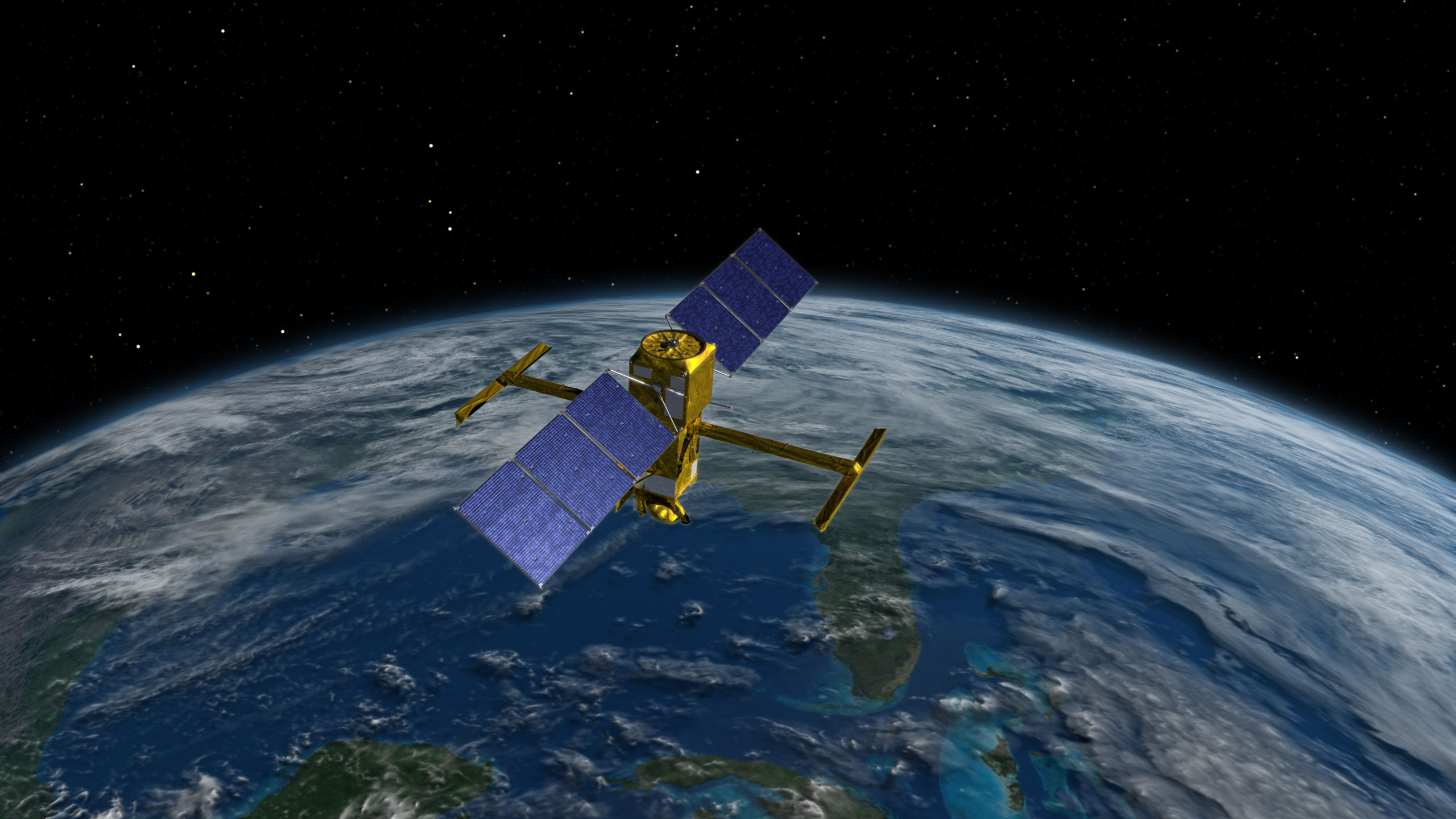SWOT will evaluate the world’s oceans, lakes, and rivers for the very first time.
The Surface Water Ocean Topography (SWOT) satellite is set to change the way scientists observe our oceans and inland waters, launching overnight from the Vandenberg Space Force Base in California.
Jointly developed by NASA and French space agency CNES, this new mission is being described as a game-changer. For the past 30 years, satellite radar altimeters have been used with some success to measure ocean topography, boosting our understanding of the ocean, its role in the global climate system, and providing the capability to forecast the ocean in a similar way to weather forecasting.
The SWOT satellite boasts a new radar interferometric system that will essentially bring down the “pixel size” of ocean topography maps from approximately 25km down to 2km over the next 12 months.
Not only will the new SWOT satellite improve the ocean topography in the open ocean it will drastically improve the quality of measurements closer to the coast and even over inland waters.
Australia is making a significant contribution to the international SWOT mission through the IMOS Satellite Altimetry Calibration and Validation Facility in Bass Strait. IMOS, working with our partners University of Tasmania and CSIRO, have upgraded the site with new Global Navigation Satellite System (GNSS) equipped buoys and sub-surface instruments to help validate the SWOT mission.
The GNSS buoys will measure the sea surface height very accurately in a way that is directly comparable with the SWOT satellite. To further assist, IMOS has supported instruments deployed in the ocean below the surface – these will help tell us about ocean properties that contribute to its height – things like temperature, salinity, pressure and current.
During the validation phase of the SWOT mission, the new satellite will be in a special orbit where it will fly over Bass Strait once per day for around three months. Bass Strait is one of many sites and study areas globally that will help contribute to understanding the new SWOT measurements. Bass Strait is the only site globally to be involved with SWOT that has contributed to altimetry validation since precision missions commenced in late 1992.
One of the reasons for selecting the satellite track was the location of the IMOS Bass Strait facility, and the IMOS team is recognised for their world-class expertise in assisting with satellite measurements and their validation.
“We’re surrounded by ocean that regulates our existence in so many ways – our inland waters are critical to our environment and how we interact with it. This is one opportunity to provide an Australian contribution back to a satellite mission that will provide a step change in understanding water and its role in our lives,” says Dr Christopher Watson, leader of the IMOS Satellite Altimetry Calibration and Validation Facility, and Senior Lecturer at the University of Tasmania.
